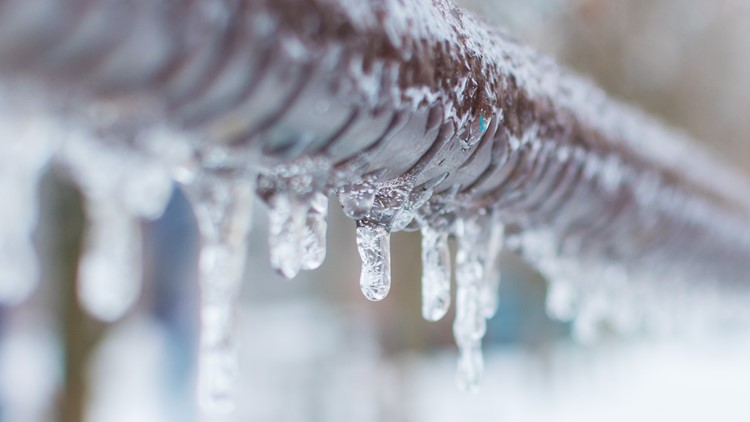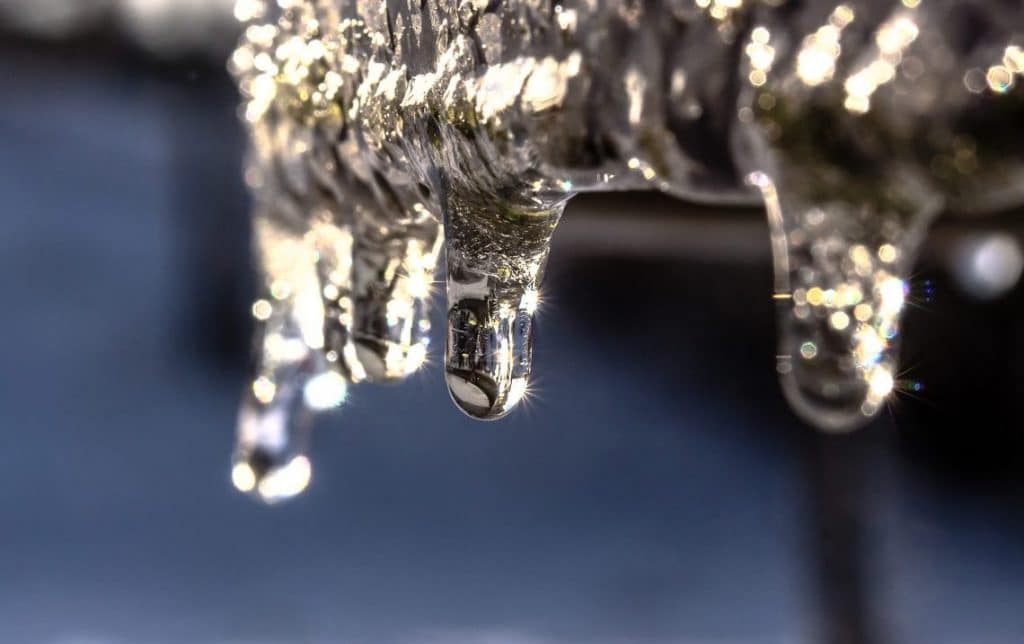Tips for Avoiding Frozen Plumbing in Cold Weather: Professional Tips
Tips for Avoiding Frozen Plumbing in Cold Weather: Professional Tips
Blog Article
The content on the next paragraphs in relation to 6 Ways to Prevent Frozen Pipes is exceptionally attention-grabbing. Give it a go and make your own conclusions.

Cold weather can damage your plumbing, especially by freezing pipelines. Here's how to avoid it from taking place and what to do if it does.
Intro
As temperature levels decline, the threat of icy pipes boosts, potentially bring about expensive repairs and water damage. Comprehending exactly how to avoid icy pipes is essential for property owners in chilly climates.
Avoidance Tips
Shielding at risk pipelines
Wrap pipes in insulation sleeves or make use of heat tape to shield them from freezing temperatures. Concentrate on pipes in unheated or external areas of the home.
Heating methods
Maintain indoor rooms appropriately heated, particularly areas with plumbing. Open up closet doors to enable cozy air to circulate around pipes under sinks.
Exactly how to determine frozen pipes
Look for reduced water circulation from faucets, unusual odors or noises from pipelines, and noticeable frost on subjected pipelines.
Long-Term Solutions
Architectural modifications
Think about rerouting pipes far from outside wall surfaces or unheated locations. Add extra insulation to attics, basements, and crawl spaces.
Updating insulation
Invest in high-grade insulation for pipes, attics, and wall surfaces. Appropriate insulation helps maintain constant temperature levels and minimizes the risk of icy pipelines.
Safeguarding Outdoor Plumbing
Yard hoses and outdoor taps
Detach and drain pipes yard hoses prior to winter. Mount frost-proof faucets or cover exterior faucets with protected caps.
Recognizing Frozen Pipelines
What causes pipelines to ice up?
Pipelines ice up when revealed to temperature levels listed below 32 ° F (0 ° C) for expanded durations. As water inside the pipes ices up, it expands, putting pressure on the pipe wall surfaces and possibly causing them to rupture.
Risks and damages
Icy pipes can cause water disturbances, building damage, and pricey fixings. Burst pipelines can flood homes and create extensive architectural damage.
Indicators of Frozen Pipeline
Identifying icy pipes early can prevent them from bursting.
What to Do If Your Pipes Freeze
Immediate actions to take
If you think icy pipes, maintain faucets open up to soothe pressure as the ice thaws. Use a hairdryer or towels soaked in hot water to thaw pipes slowly.
Final thought
Stopping icy pipes requires proactive actions and fast responses. By comprehending the reasons, indications, and preventive measures, house owners can safeguard their plumbing throughout cold weather.
5 Ways to Prevent Frozen Pipes
Drain Outdoor Faucets and Disconnect Hoses
First, close the shut-off valve that controls the flow of water in the pipe to your outdoor faucet. Then, head outside to disconnect and drain your hose and open the outdoor faucet to allow the water to completely drain out of the line. Turn off the faucet when done. Finally, head back to the shut-off valve and drain the remaining water inside the pipe into a bucket or container. Additionally, if you have a home irrigation system, you should consider hiring an expert to clear the system of water each year.
Insulate Pipes
One of the best and most cost-effective methods for preventing frozen water pipes is to wrap your pipes with insulation. This is especially important for areas in your home that aren’t exposed to heat, such as an attic. We suggest using foam sleeves, which can typically be found at your local hardware store.
Keep Heat Running at 65
Your pipes are located inside your walls, and the temperature there is much colder than the rest of the house. To prevent your pipes from freezing, The Insurance Information Institute suggests that you keep your home heated to at least 65 degrees, even when traveling. You may want to invest in smart devices that can keep an eye on the temperature in your home while you’re away.
Leave Water Dripping
Moving water — even a small trickle — can prevent ice from forming inside your pipes. When freezing temps are imminent, start a drip of water from all faucets that serve exposed pipes. Leaving a few faucets running will also help relieve pressure inside the pipes and help prevent a rupture if the water inside freezes.
Open Cupboard Doors
Warm your kitchen and bathroom pipes by opening cupboards and vanities. You should also leave your interior doors ajar to help warm air circulate evenly throughout your home.

Do you really like more info about Winter Plumbing Precautions: Preventing Frozen Pipes? Write a remark down the page. We would be glad to find out your insights about this write-up. Hoping to see you back again soon. I beg you pause to distribute this entry if you enjoyed reading it. Bless you for your time. Revisit us soon.
Information Here Report this page